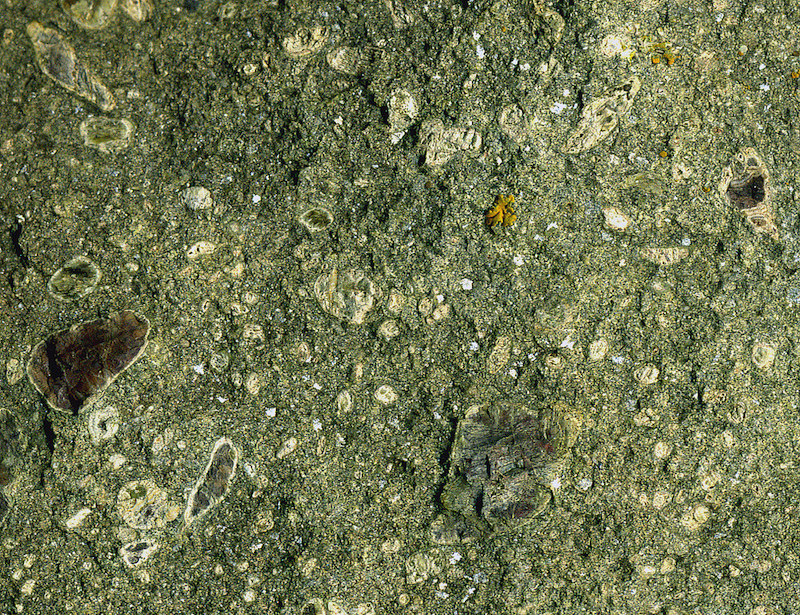The American Geophysical Union and the International Geological Congress are hosting a series of daily panel discussions during the IGC in Cape Town, South Africa this week. These are centered around “hot topics” associated with the sessions and include issues related to the science and translation of the science to societal issues such as water and energy resources.
Sessions on Wednesday included first a Q and A session around the topic of Climate Change and Water Resources in Africa with Kevin Pietersen, a water consultant in South Africa who works throughout Africa. This was followed later by a session on Kimberlite, Cratonic Mantle, and Diamond Record through Time, with five panelists: Katie Smart, University of the Witwatersrand; Anne Peslier, NASA; Alan Jones, Complete MT Solutions; Sebastian Trappe, University of Johannesburg; and Paolo Nimis from the University of Padova.
Despite the very different topics, a common theme emerged and echoed themes from earlier in the week: the importance of, and need for much more, relevant and consistent data (as well as more samples).
With regards to water resources in Africa, Kevin highlighted that Africa faces a number of special challenges and realities:
- Large growth is occurring, and will continue, in emerging megacities, many of which are in areas with already taxed water supplies.
- Most major rivers cross several national boundaries, requiring cooperation between several national governments.
- Rainfall is highly seasonal and climate change is expected to exacerbate needs especially during drier times.
- Rural areas tend to rely more on groundwater supplies.
In addition to these factors and challenges, data on surface water and groundwater supply, recharge, and usage are largely lacking. This further hinders the ability of governments to address resource issues across national boundaries. While there have been some framework discussions and agreements for addressing these concerns, much more work and collaboration is needed.
Thick stable roots underlie many of the Archean continental crust fragments across most major continents, extending in many cases to 200 km or so into the mantle. These have been sampled by kimberlites and other magmas, which carry xenoliths and diamonds to the surface. Although improved analytical techniques are providing a rich data set that has allowed better characterization of these roots and understanding of how these have persisted for nearly 4 billion years in some cases, the panelists and audience engaged in a wide discussion of how representative the samples that we have are of the mantle, in that they are likely modified to varying degrees by the processes for generating kimberlites in deep source areas. All panelists emphasized the need to work further with mining interests to open up further data and samples of these xenoliths.
The theme on the need for collecting better systematic data and/or making it available across boundaries both for science and societal issues repeated themes related to expanding planetary science in Africa on Monday and in providing rock and mineral resources for the future on Tuesday as well as many related sessions on energy resources and more. Data rules, and open, well-managed data rules absolutely.
—Brooks Hanson, Director, AGU Publications; email: [email protected]
Citation:
Hanson, B. (2016), Data rules for water management, continental roots, and more, Eos, 97, https://doi.org/10.1029/2018EO058593. Published on 01 September 2016.
Text © 2016. The authors. CC BY-NC-ND 3.0
Except where otherwise noted, images are subject to copyright. Any reuse without express permission from the copyright owner is prohibited.

